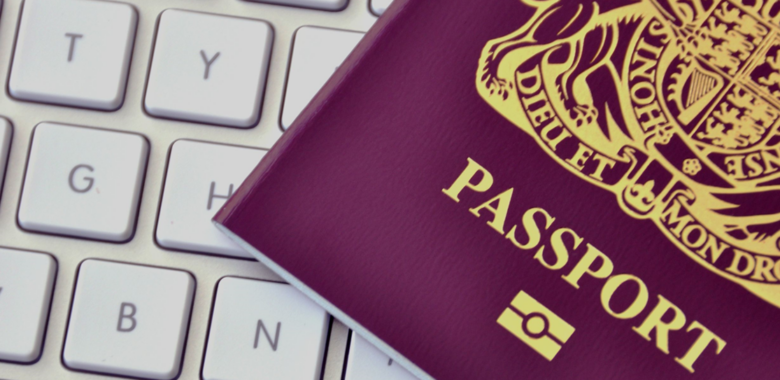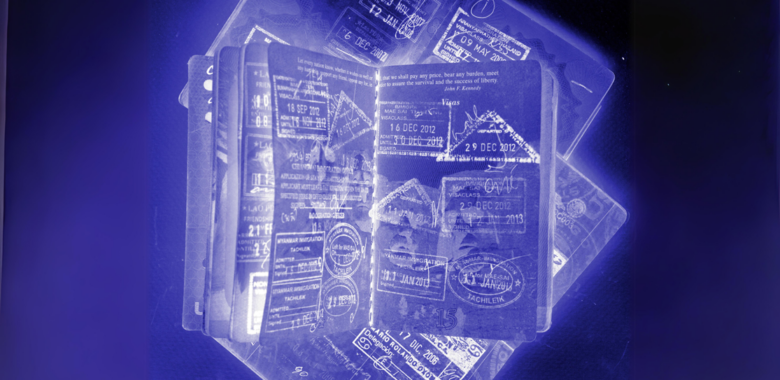| Border control agencies and government authorities have vast remits; overseeing national security, facilitating cargo and trade, and managing the movement of millions of people across borders. With that comes various challenges. They must tackle the risk of illegal immigration, identity fraud, human trafficking, movement of contraband, and terrorist activity.
With IATA predicting that in 2024 there will be 4.7 billion air travellers, how can technology help make travel safe, secure and streamlined? That’s where border management comes in. Border management is undergoing a significant evolution, with advanced solutions addressing diverse needs globally. From manual counters to self-service options, innovative solutions are reshaping the efficiency and security of border crossings. In this blog we’ll be looking at the different solutions available that help address today’s border challenges. Integrated border management Thanks to developments in technology, integrated border management solutions help countries implement state-specific regulations for third-party country visitors across air, land, or sea operations. At manual counters, streamlined solutions are modernising primary inspections and utilising cutting-edge technology to thoroughly screen while ensuring a balance between security and speed. Self –Service solutions: e-Gates and Entry-Exist border kiosks Automated border control systems (ABC), otherwise known as eGates, are automated self-service barriers that use data stored in a chip in biometric passports alongside a fingerprint or photo. Passport authentication, identity verification, and cross-referencing with government and third-party systems can all be done in a matter of seconds. This helps to better accommodate the high volumes of international travellers. Checks of this kind can aid with assessing access eligibility for immigration purposes and can evaluate traveller risk by flagging up matches with police records. The benefits: Biometrics to the rescue Automating these processes eases the burden on border forces to ensure passenger flow and provides higher levels of accuracy. Facial biometric verification can authenticate passengers more accurately than any human can. Such technologies can free up border guard’s time, enabling them to focus on suspicious cases over legitimate travellers. Biometric identification and tracking systems can also be integrated with national biographic and biometric databases, containing information on people who have entered, attempted to enter, or exited, providing essential records to the nation in question and building central registers of cross-border movements. Thales’ integrated identity verification technology is also able to check authenticity of documents by comparing the models in circulation. Validity is also checked by connecting to databases of Stolen and Lost Travel Documents or national watch lists. Self-service solutions empower travellers with user-friendly interfaces and advanced biometric authentication, enhancing the passenger experience while maintaining stringent security protocols. The Thales Gemalto Border Kiosk facilitates traveller pre-enrolment, simplifying registration processes, while Thales Next-Gen ABC Gates utilises leading multimodal biometric recognition (face, iris, and fingers) for optimal accuracy. These solutions, adopted globally and trusted by governments and border authorities, play a crucial role in safeguarding national borders. World Border Security Congress Thales will be at the World Border Security Congress this year – an event centred around developing border strategies and policies through cross-border co-operation and technology integration. Come say hello and learn more about Thales’ offerings to help safeguard personal and national security across borders. Further reading: |

World Border Security Congress: How can technology make travel safe, secure and streamlined?
Last updated: 15 April 2024


